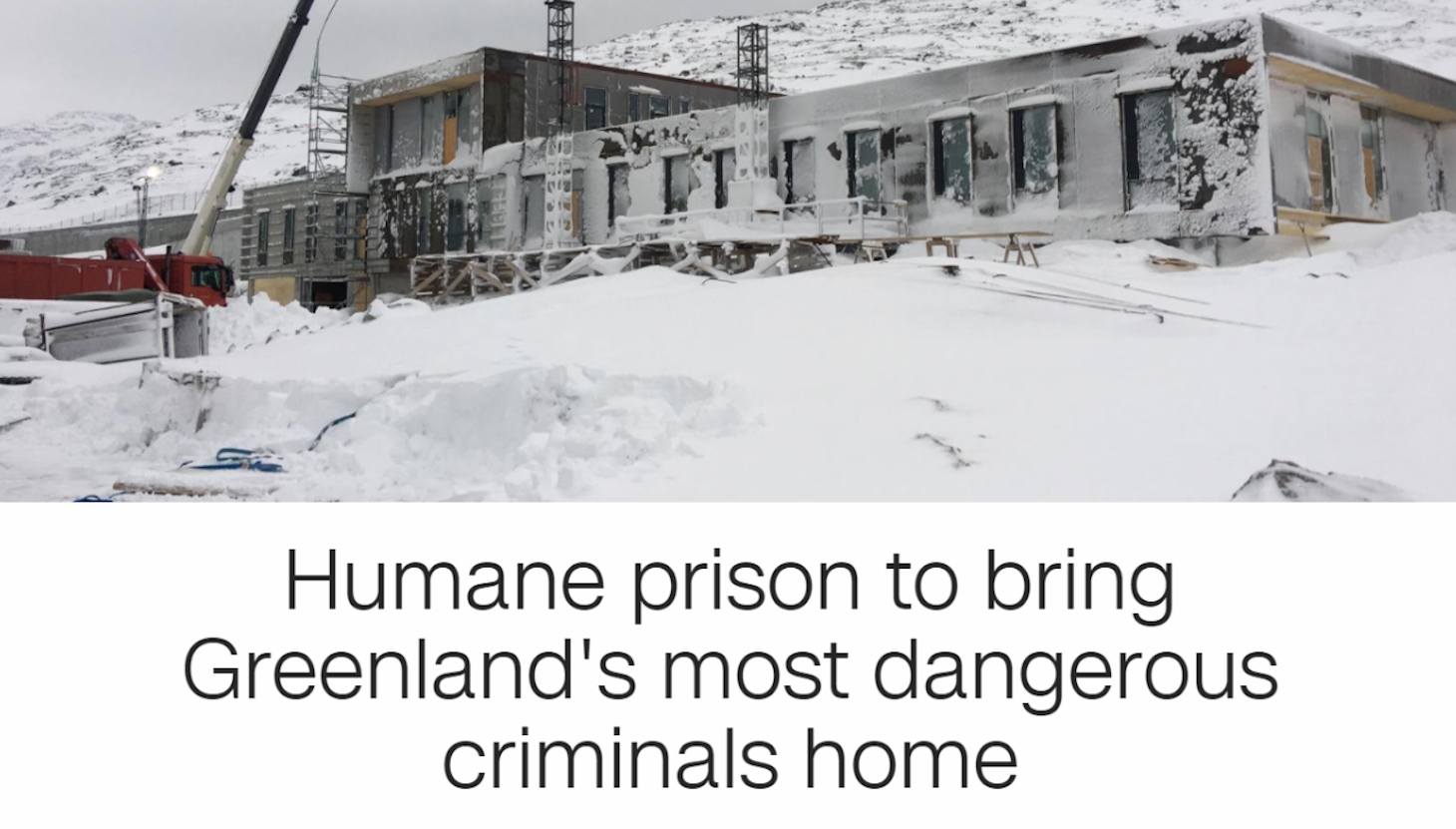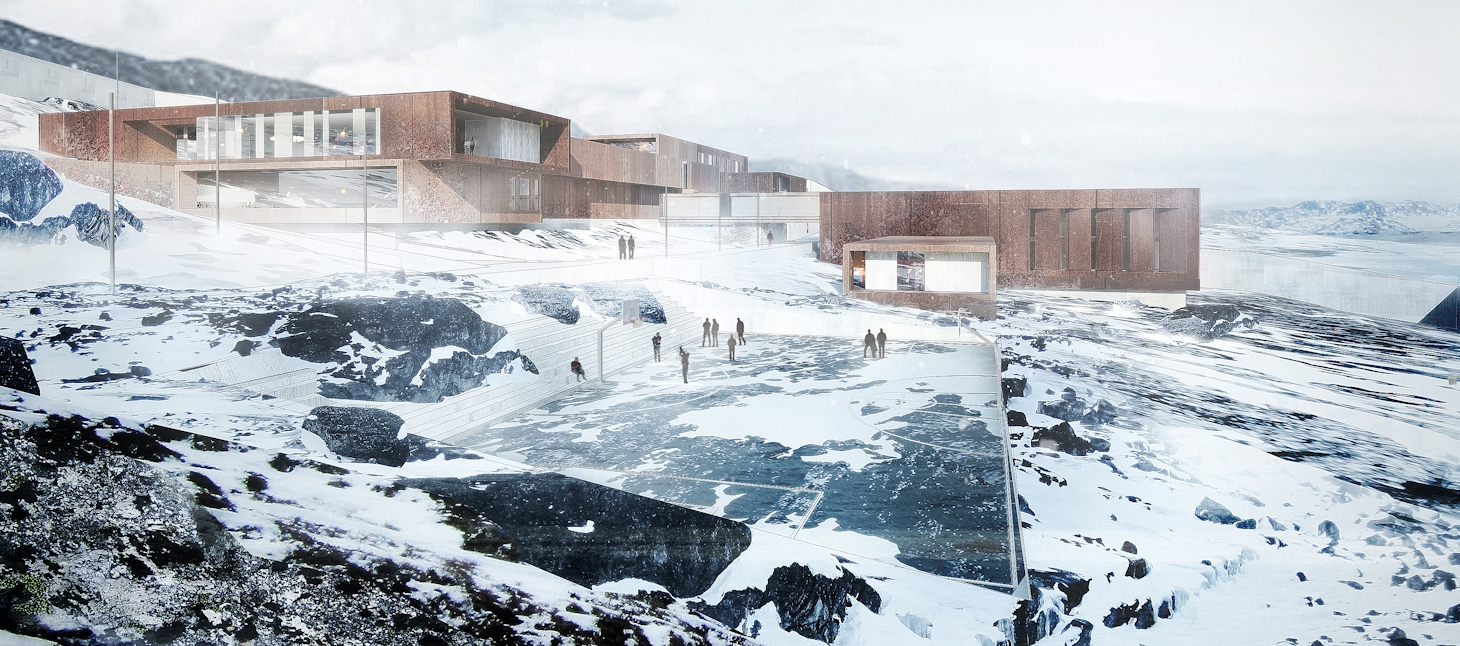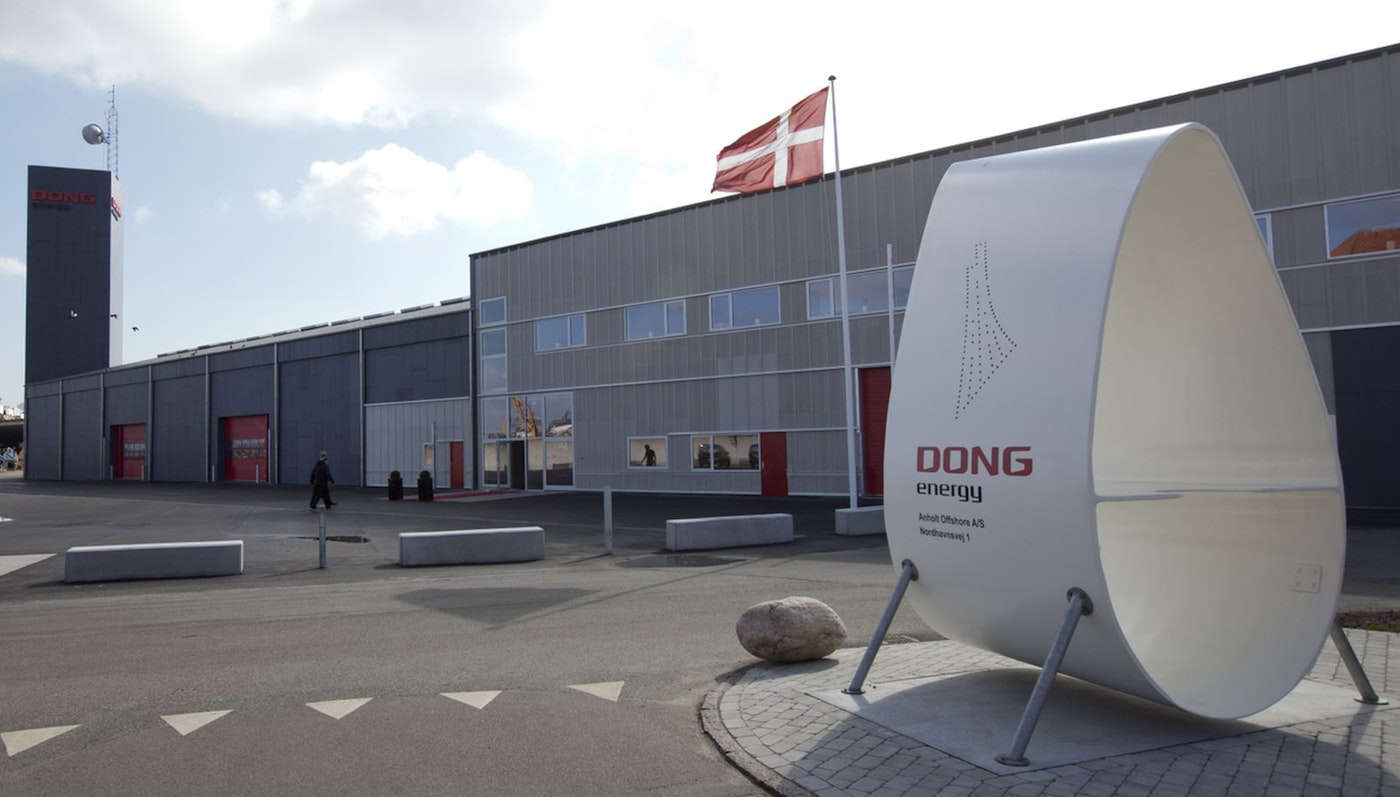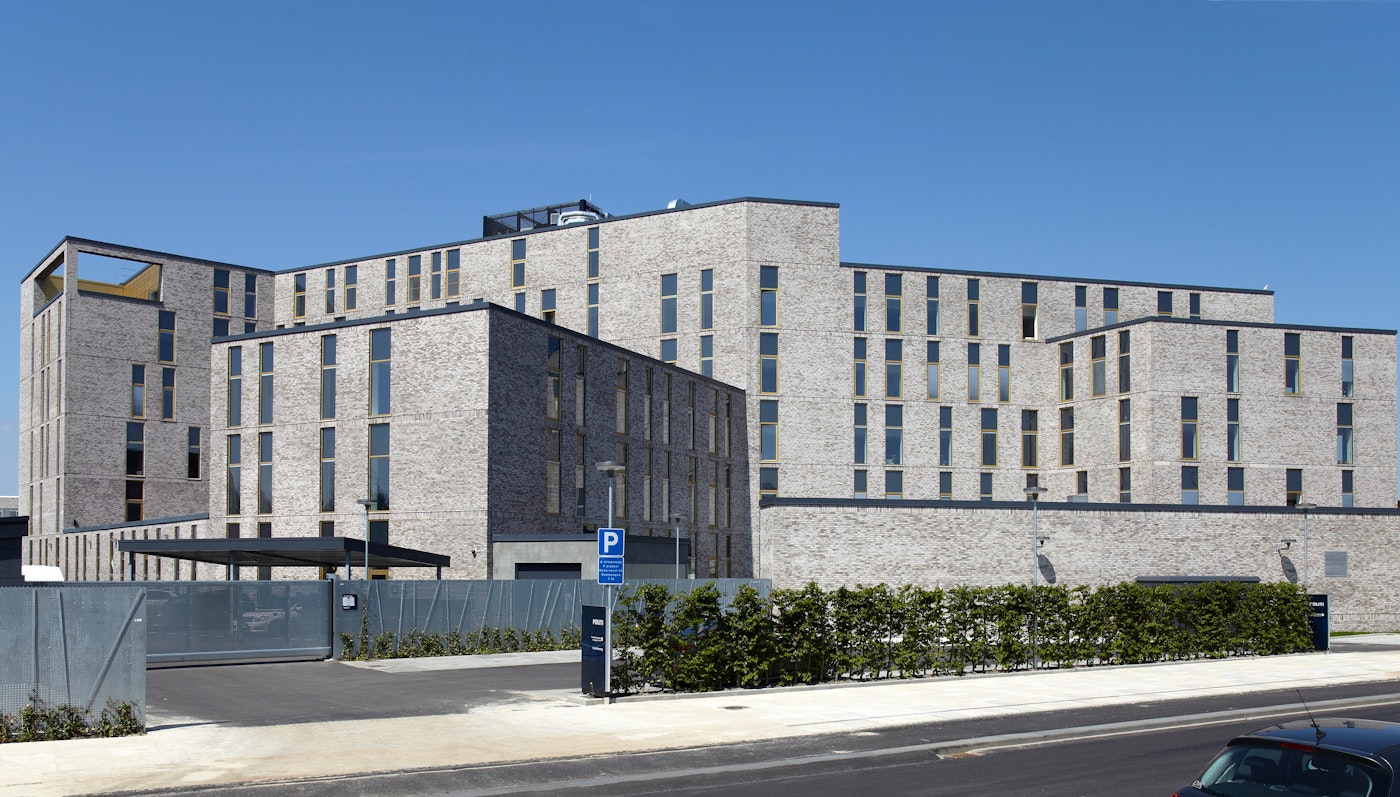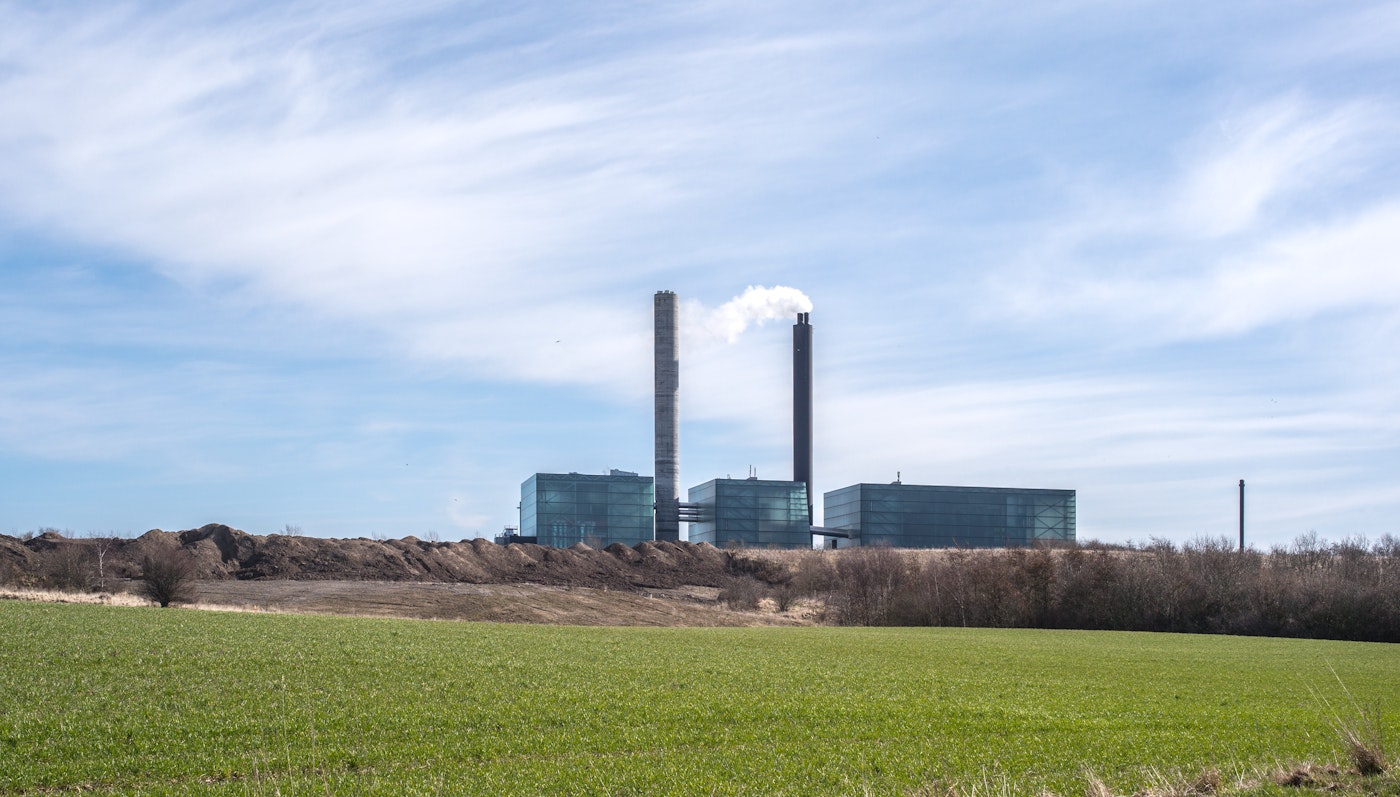New Prison in Nuuk designed to interact with the beautifully rugged Greenlandic landscape
For more than 50 years, convicts in Greenland had to serve “a double sentence” – both the actual prison sentence and the fact of being sent far away from their home country, family and culture to prisons in Denmark. The new prison in Nuuk paves the way for entirely new opportunities for the social rehabilitation of the inmates.
The contrast between tough and beautiful is a recurrent theme in the project, in which openness, light and vision, security, overview and flexibility are key, valuable words in terms of the design. The project interacts with the uniquely scenic area, while supporting the Prison Service’s fundamental focus on the balance between punishment and rehabilitation. Based on the understanding that physical environment plays a significant role in human behaviour and the impetus for development and cooperation, everyone wanted a project, which supports and contains these parameters for both inmates and prison staff with qualities to promote rehabilitation with a focus on preventing physical and mental violence.
FRIIS & MOLTKE Architetcs have worked on every facet of the building with a humanistic approach. When we speak the language of humanism, our encounter with a facility as an institution is a brutal one. It is a field of experience, which demanded a profound analysis of the process and a platform of development, prior to the creation of a prison based on compassion and respect for individuals and life. Another priority was to create conditions for a good physical and mental working environment for the staff.
Winner of WAN Awards - Future Projects 2017.





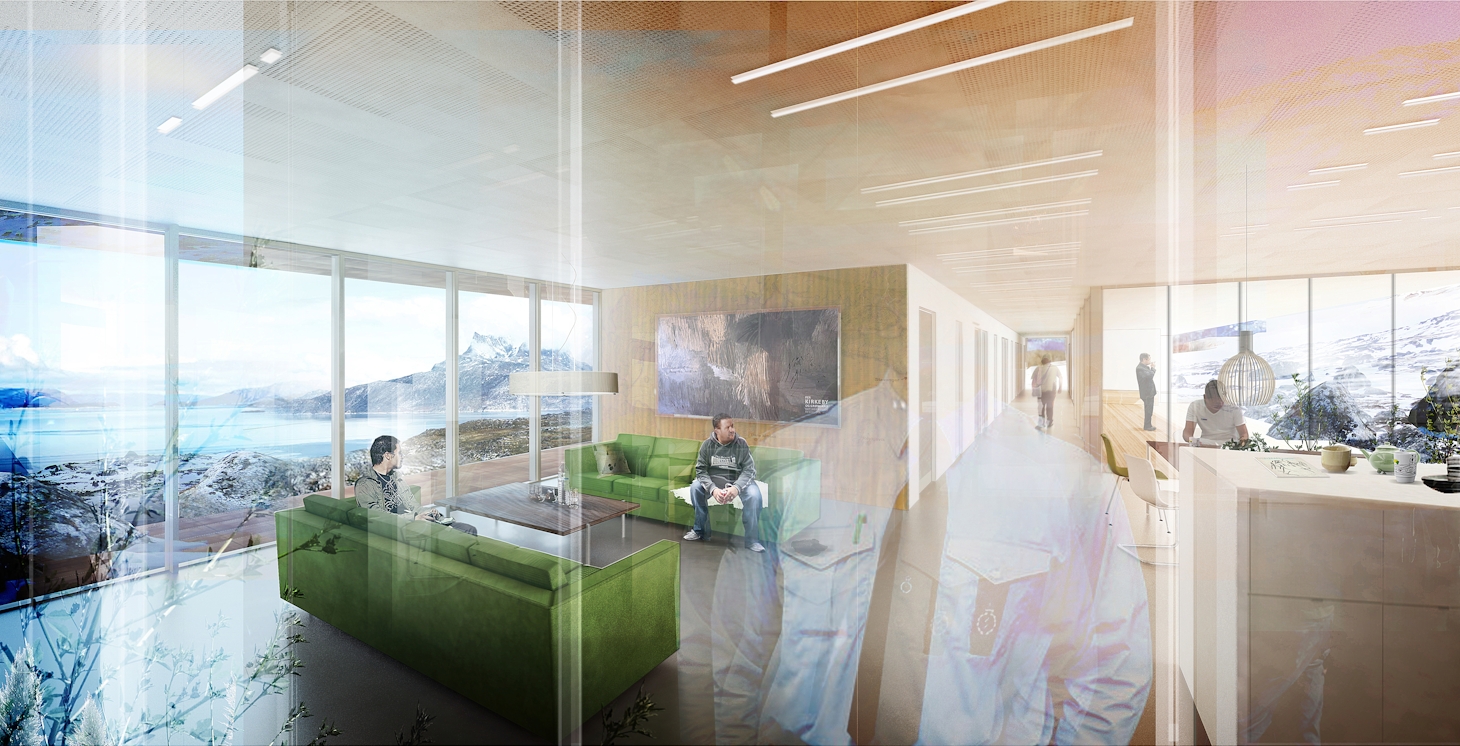
CNN Architecture / Article
Humane prison to bring Greenland's most dangerous criminals home
Ny Anstalt prison is under construction in Nuuk, Greenland. Its architects, Danish firms FRIIS & MOLTKE and Schmidt, Hammer Lassen, have designed a humane penitentiary that opereates like a small village, allowing inmates to lead a life that´s as normal as possible. Studies show that once released, inmates from humane prisons have a greater change of succesful reintegration into society, with lower rates of re-offending.
The article is written for CNN, by Sarah Lazarus,
